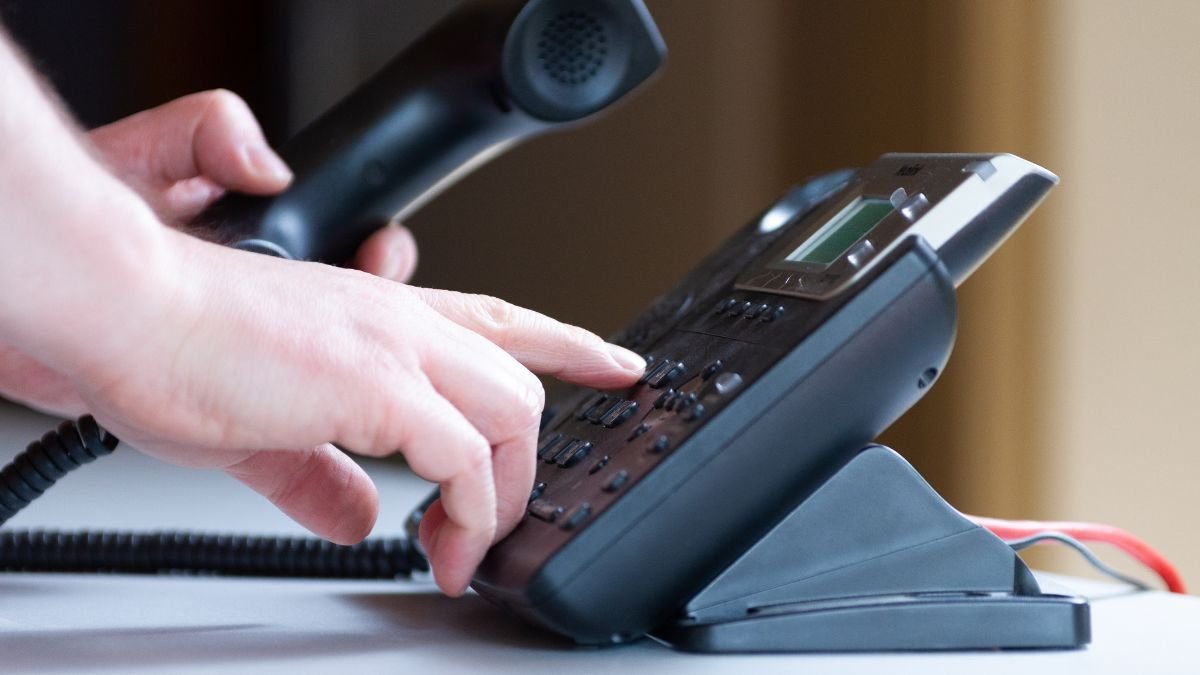We’ve all been there before – you dial a number to make an important call only to be met with that dreaded automated message: “The number you have dialed has calling restrictions.” These six words are sufficient to induce frustration and bewilderment. Who put these calling restrictions in place? Why can’t your call go through? Will you ever be able to reach the person you’re trying to call?
In this post, we’ll break down the meaning behind the “calling restrictions” message, explore the various reasons why it happens, and provide troubleshooting tips to resolve the issue. The goal is to demystify this vexing notification so you can get back to connecting with the people in your life.
Table of Contents
Understanding – The Number You Have Dialed Has Calling Restrictions
Calling restrictions refer to limitations placed on a phone line that block certain calls from being made or received. The restrictions may apply to either outbound calls (ones you make) or inbound calls (ones you receive).
There are a few key parties involved that can implement calling restrictions:
- Phone carriers – Wireless providers like Verizon, AT&T, T-Mobile can block calls based on your account status and plan terms.
Mobile networks – The underlying networks that carriers utilize can impose restrictions for technical reasons.
- Service providers – Landline phone companies can also set restrictions, especially for residential landlines.
- Individual users – People can choose to block calls from certain numbers directly on many smartphones.
The type of calling restrictions and how they are implemented will depend on which party puts them in place. Now let’s explore some of the common reasons you might encounter these blocked calls.
Common Causes of Calling Restrictions
Carrier-Imposed Restrictions
One of the most frequent reasons for calling restrictions is that they are set by your phone carrier due to issues with your account or service plan. Some examples include:
- Overdue bills – If you fail to pay your phone bill on time, carriers will often impose calling restrictions until you settle the outstanding balance. This serves as an incentive to pay promptly.
- Exceeding usage limits – Most plans have monthly minute, data, and text limits. Going over those allotted amounts can trigger calling restrictions until your next billing cycle resets the limits. Upgrading to an unlimited plan can avoid this issue.
- Roaming restrictions – Calling restrictions often kick in automatically when your phone roams outside of the carrier’s regular network area if roaming is not included in your plan. Adding a roaming package prevents this.
- Account security issues – Carriers may block calls if they detect suspicious activity related to fraud or hacking. You’ll need to contact them to resolve any security flags on your account.
- Parental controls – The account owner can set restrictions to block certain types of calls related to content or usage limits. This is common for younger users on family plans.
Number-Specific Restrictions
- Beyond account-related restrictions imposed by carriers, you may find that calling just certain numbers is blocked due to issues with those recipients:
- Blocking by the recipient – Many smartphones allow users to actively block calls from specific numbers. You won’t be able to call someone who has blocked you.
- Spam filters – Robocalls and spammers often get blacklisted, making it difficult to reach any number identified as high-risk. False positives sometimes flag legitimate numbers.
- Outbound call restrictions – Some prepaid phone plans will only allow calls to numbers that have been pre-registered with the carrier. Attempting to call unregistered numbers will fail.
Technical Issues
Less commonly, calling restrictions may result from technical errors or glitches:
- Incorrect dialing – Simply dialing a wrong number or omitting an area code can result in failed calls with an unrecognized number error.
- Network outages or glitches – During a service disruption, calls may fail unexpectedly. Issues on the recipient’s end can also interfere with call completion.
Now that we’ve explored why you can’t always call every number successfully, let’s review some troubleshooting suggestions to overcome calling restrictions.
Troubleshooting Solutions
Carrier-Imposed Restrictions
If you suspect the carrier placed restrictions on your line, the first step is to contact customer service to understand the exact nature of the issue. Be prepared to verify your account information.
- Check your bill – Review your statement to make sure payments are up to date and usage is within plan limits. Pay any past-due balance or upgrade to a plan with more minutes/data as needed.
- Review roaming settings – Turn off roaming restrictions or add a roaming package if you need to make calls while traveling outside of the regular coverage area.
- Verify account security – Your carrier may require extra authentication to remove blocks if your account shows signs of suspicious activity. Add extra security like two-factor authentication.
- Adjust parental controls – The account owner can modify restrictions placed on child lines by calling customer service or logging into their account.
Number-Specific Restrictions
For issues calling only certain numbers, you’ll need to communicate with the recipient:
- Confirm you have the right number – Double check that you dialed the full, correct number including area code. Verify it against the recipient’s website or printed contacts.
- Ask to be unblocked – If the recipient has intentionally blocked you, politely request to be unblocked and explain why you need to call them.
- Try alternative communication – If calling remains impossible, explore options like texting, emailing, contacting them via social media, or having someone else call on your behalf.
Technical Issues
Technical glitches can cause transient calling restrictions. Here are some tips for troubleshooting on your end:
- Redial carefully – If you suspect you misdialed a number, double and triple check it when redialing to avoid repeat mistakes.
- Restart your phone – Power your phone off and back on to reset the network connection. This can resolve temporary software or network issues.
- Contact carrier support – For persistent technical issues impacting calling, your carrier can run diagnostics tests and troubleshoot problems on their network side.
Following these steps to identify and resolve the root cause of your calling restrictions maximizes the chances that you’ll be back on the line quickly. But prevention is also key to avoid encountering blocked calls in the first place.
Tips for Prevention
- Pay bills on time – Set calendar reminders for bill due dates and autopay to avoid overdue payments that could trigger restrictions.
- Communicate with recipients – If someone has blocked you, politely find out why and see if it can be reversed. Avoid spam risks that lead to blacklisting.
- Limit third-party access – Be cautious when downloading apps and services that request access to contacts and call logs, as they may misuse this data. Only use reputable programs.
- Keep phone software updated – Maintain the latest OS and firmware versions which patch security vulnerabilities that could enable call blocking.
Conclusion
The automated “calling restrictions” message certainly causes frustration in the moment, but a bit of diligent detective work can typically uncover the source of the blocked call. While carriers and recipients impose most calling restrictions, technical errors can also be at fault. A combination of reviewing your account status, communicating with the recipient, and troubleshooting your device should get your call through.
Read: The Wireless Customer is Not Available: Troubleshooting Steps to Consider






